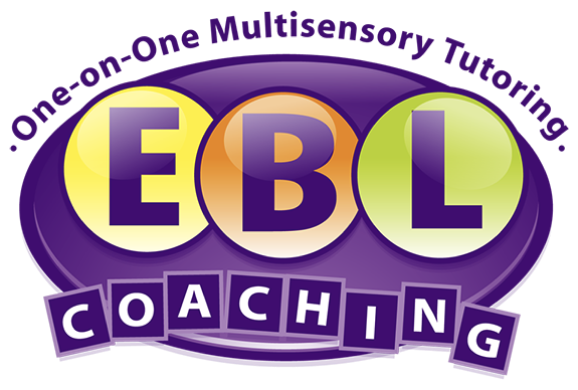
5 Tips For Organizing Your Child For The New School Year

Set your child up for school-year success by getting organized during the summer
Moving from the sun-filled days of summer to the cool, brisk days of fall can bring back-to-school jitters to almost all children. During the summer, planning out tasks, organizing notebooks and backpacks, and turning in completed homework assignments all fall to the back burner. Yet with the start of school just around the corner, these organizational skills will quickly become paramount. Try the five tips below for helping your child become organized for the new school year.
1. Create a Working Notebook and a Filing System
When you embark on your annual school supplies shopping trip, help your child select a working notebook, or a notebook he will take to school with him on a regular basis. The working notebook should include only essential papers he needs to carry with him daily. To create an at-home organizational system, he should also pick out an accordion file which will stay at home for filing. Inside the file, he should label three tabs for each class: homework, notes, and tests/quizzes (for example: English homework, English notes, English tests/quizzes; math homework, math notes, etc.). Then he should designate one day per week to be his “clean out my working notebook” day. On this day, he will remove any papers from his working notebook that he doesn’t absolutely need to be carrying with him and file them into the correct section of his accordion file. Those at-home papers can later be used to study for tests and quizzes.
2. Set Up (and Maintain) a Planner
Setting up and maintaining an organized planner can help students develop strong homework and time management skills. If your child’s school doesn’t provide one, purchase a planner that has a large amount of space for each day of the week. Then have your child create five columns for each day, labeled as follows: Assignment (where she writes down the assignment while in school), ET (estimated time, or how much time she thinks it will take to complete the assignment), O (order, or the order in which she wants to do the assignments), AT (actual time, or the actual time it took to complete the assignment), and D (done, which she checks off once the assignment is done and put away in the right place to be turned in). If need be, offer your child an incentive at the end of each week for following through on this strategy each day. Practicing this strategy will help your child learn to manage her time and homework more effectively.
3. Designate a Color for Each Subject
Have your child designate a specific color for each subject and maintain consistency with that color for all notebooks, folders, and assignments. For example, he might designate green for science. He should then use a green folder and notebook for science, and perhaps even highlight all science assignments in his planner using a green highlighter. He could use green note cards to study for exams. Math might be blue, English purple, and so on.
4. Time Management: Estimated Time vs. Actual Time
For all school (and some non-school) assignments, have your child estimate how much time she thinks a given task will take, and then compare it to the actual time it takes. While this technique is integrated into the planner system, it can be applied more generally. For example, she might estimate that it will take her 30 minutes to complete a math worksheet (ET). She should then time herself to see how long it actually takes and record the AT (actual time). This strategy can be applied to non-school tasks, including cleaning her room, taking out the garbage, eating breakfast, making her bed, and so on.
5. Introduce a Highlighting and Note-Taking Strategy
Introduce a highlighting and note-taking strategy before the school year begins so your child can apply this strategy as soon as he starts receiving assignments. When he reads, even if it’s a newspaper article, have him highlight the topic (one, two, or three words describing the passage) in blue, main idea (what the author is saying about the topic) in green, and important details (important information describing the main idea) in yellow. Then he can create a two-column note-taking diagram by writing the topic on the top, main ideas (in his own words) in the left column, and important details (also in his own words) in the right column.
Try spending some time at the tail-end of summer helping your child set up organizational systems for the new school year. In doing so, he will start the year off on a positive note and will be well on his way to academic success!
